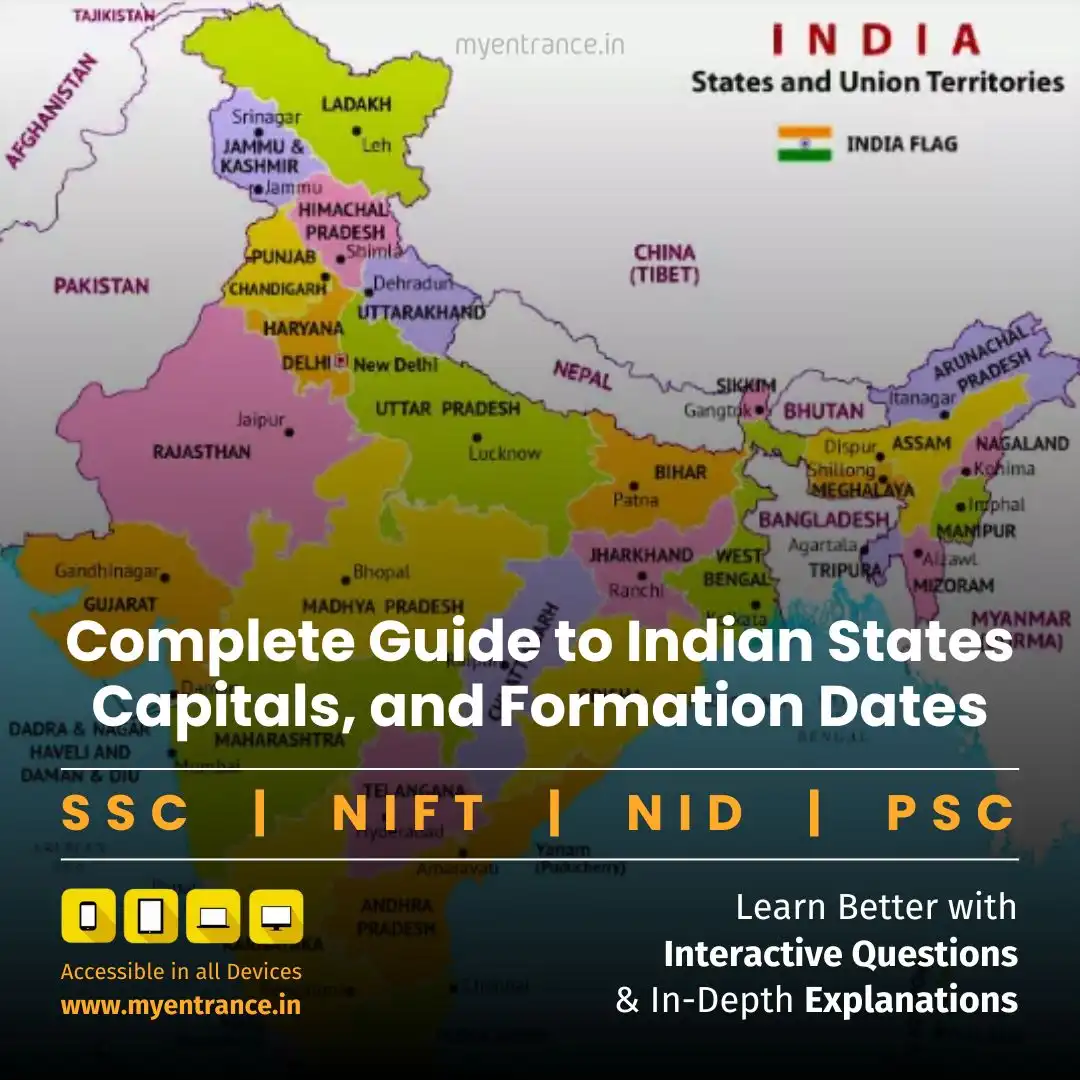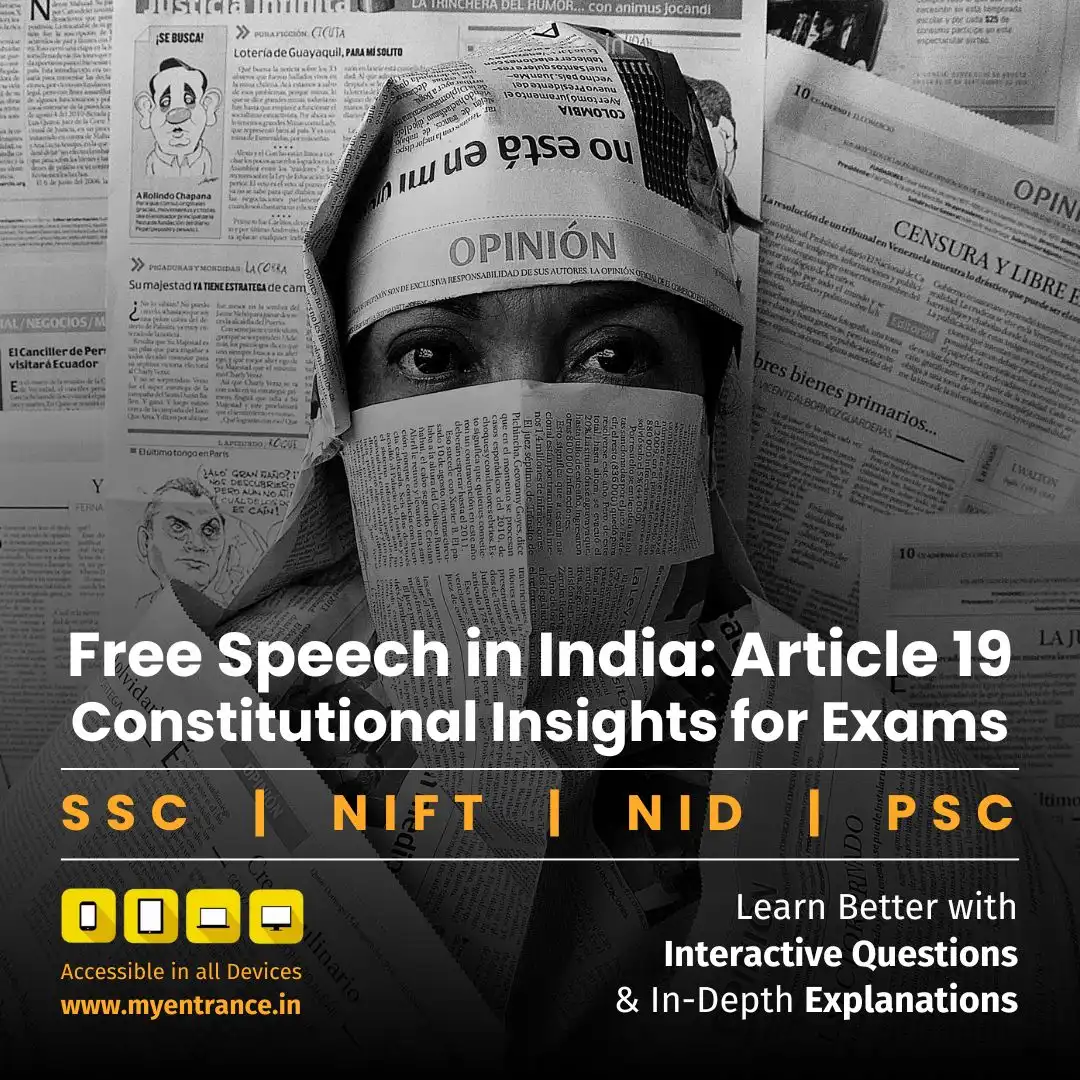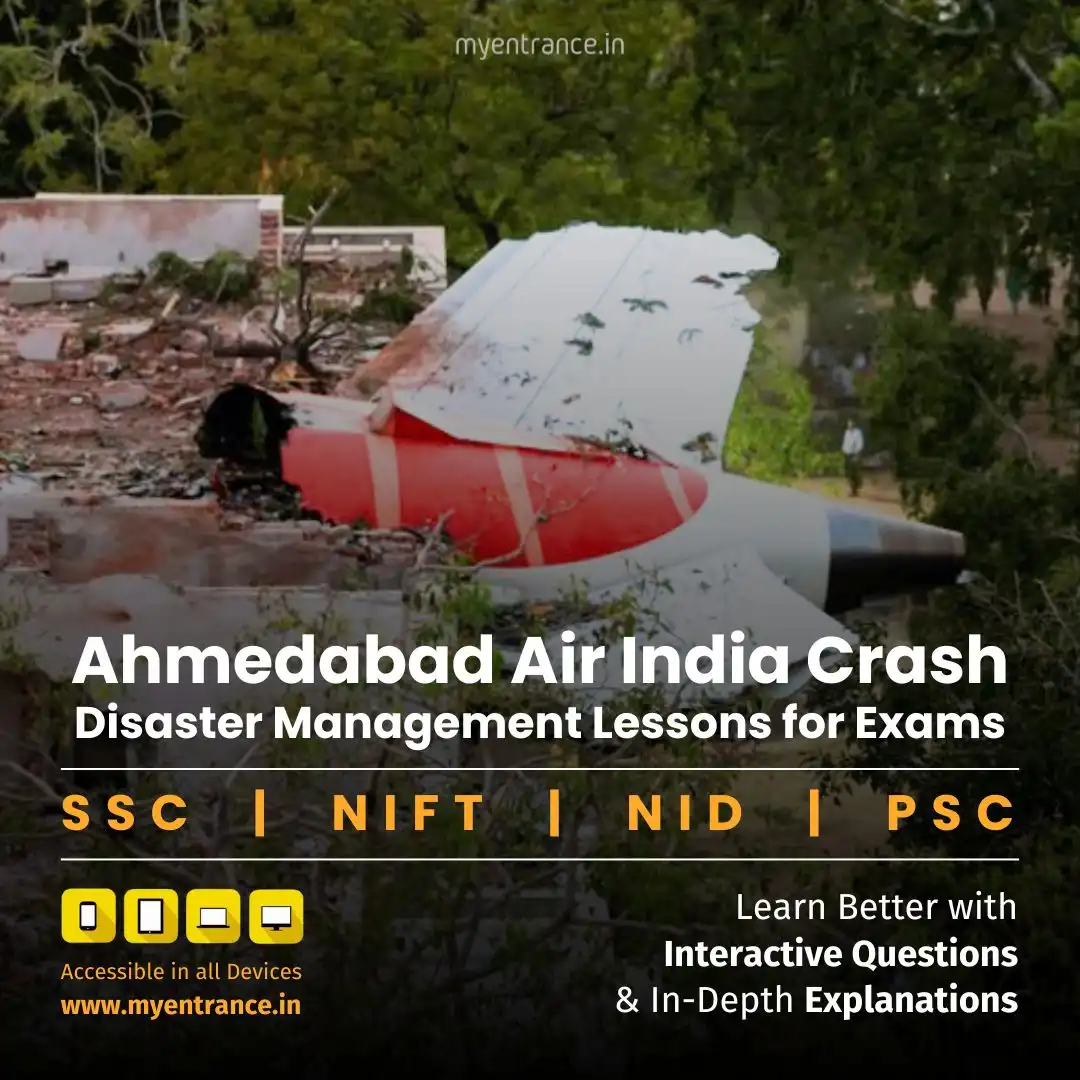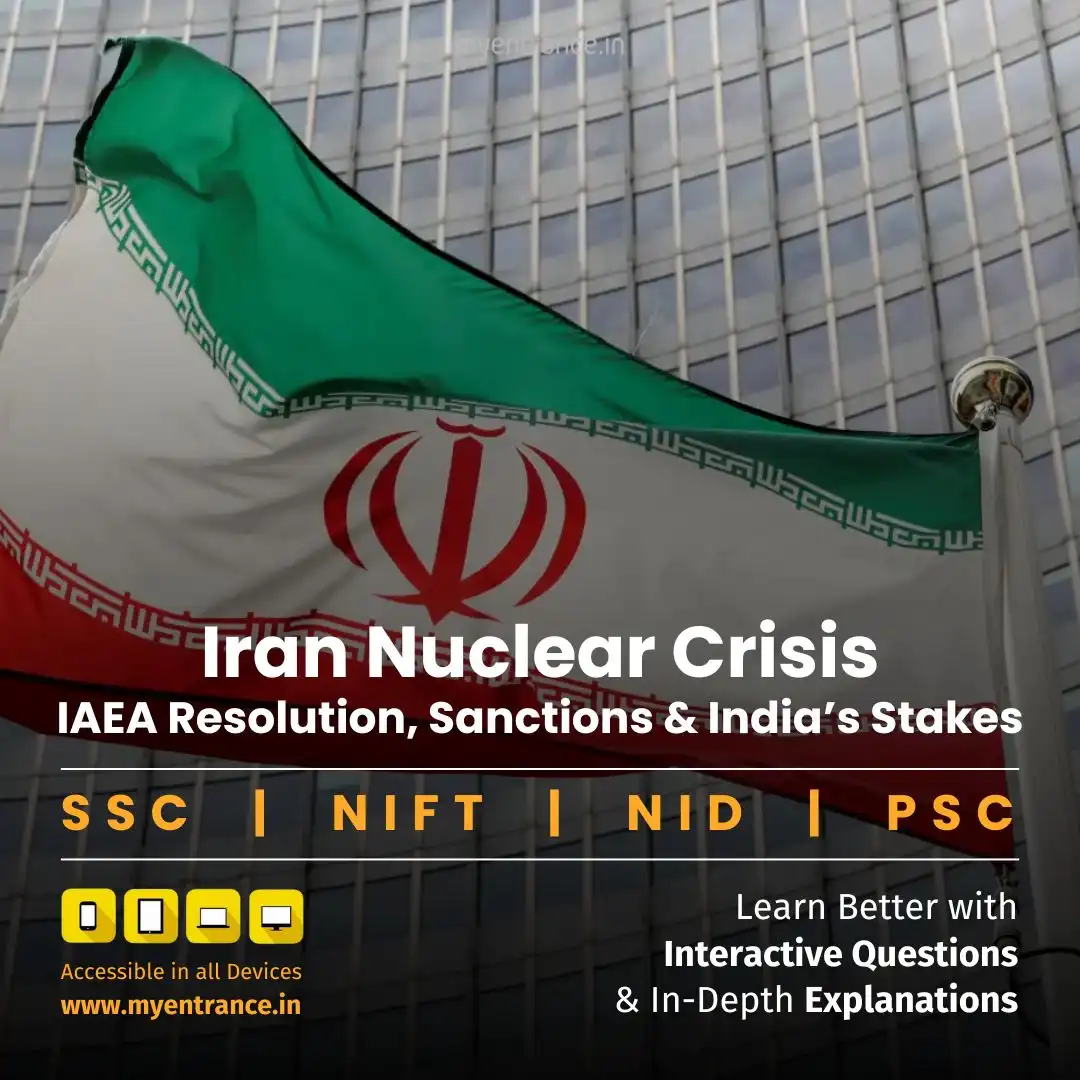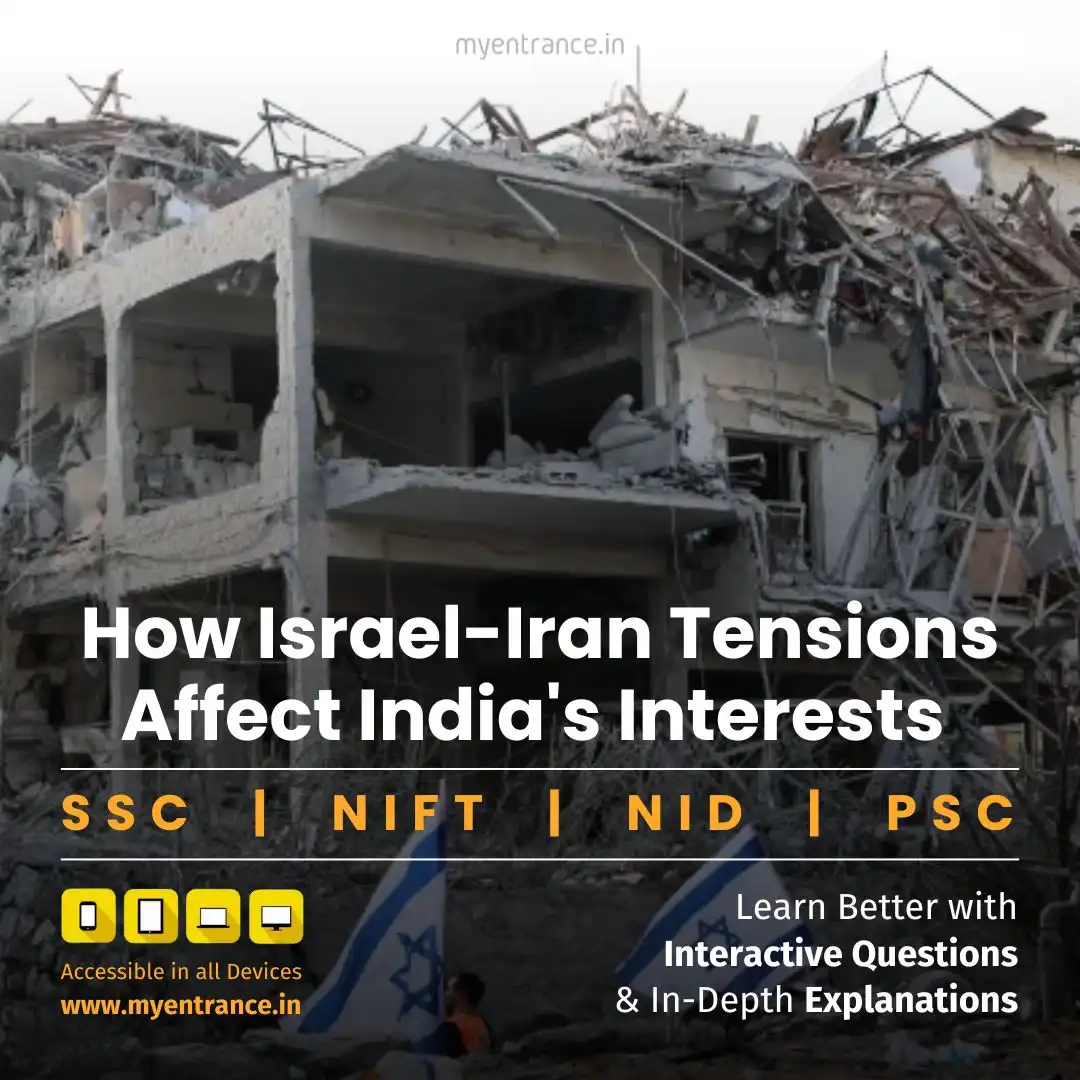Select Language
Indira Gandhi, Justice Sinha & the Emergency: Key Takeaways for History Exams: Sample Q&A
On June 12, 1975, Justice Jagmohan Lal Sinha’s verdict nullifying Indira Gandhi’s election ignited India’s darkest democratic chapter: the Emergency. This deep dive unpacks the constitutional crisis, its lasting impacts, and why it remains crucial for SSC, PSC, and UPSC aspirants.
The Verdict That Shook India
At 10 AM on June 12, 1975, Allahabad High Court’s Justice Jagmohan Lal Sinha delivered a bombshell: Prime Minister Indira Gandhi’s 1971 election was declared void, disqualifying her for 6 years. The petition, filed by socialist rival Raj Narain, exposed misuse of state machinery—a first-ever judicial rebuke to a sitting PM. This verdict set in motion India’s 21-month Internal Emergency, suspending democracy itself.
What Was the 1975 Emergency?
Declared on June 25, 1975, by President Fakhruddin Ali Ahmed on PM Gandhi’s advice, the Emergency:
Invoked Article 352 (Constitution) for “internal disturbance.”
Suspended fundamental rights (especially Article 19, freeing speech/expression).
Converted India’s federal structure into a unitary system (Centre controlled states).
Enabled Parliament to extend Lok Sabha’s term and legislate on State List subjects.
Why Was It Imposed? The Real Triggers
Beyond the court verdict, key factors included:
Political unrest: Jayaprakash Narayan’s mass movement against corruption.
Economic crisis: Inflation and unemployment fueling protests.
Government’s fear: Opposition uniting to demand Gandhi’s resignation post-verdict.
Impact: Democracy in Chains
Civil liberties crushed: Arbitrary arrests (100,000+ dissenters jailed), press censorship (“censorship guidelines” issued).
Authoritarian excesses: Forced sterilizations, slum demolitions (Turkman Gate).
Judiciary compromised: In ADM Jabalpur v. Shivkant Shukla (1976), the Supreme Court infamously ruled that detention without trial was legal during Emergency, prioritizing “state security” over rights.
The 44th Amendment: India’s Corrective Shield
Post-Emergency, the 44th Amendment (1978) fortified democracy:
Replaced “internal disturbance” with “armed rebellion” (Article 352).
Mandated Cabinet’s written approval for Emergency.
Limited Lok Sabha term extension to 1 year only (renewable).
Restored judicial review of Emergency proclamations.
Key Figures & Legacy
Justice Sinha: His courage upheld judicial independence despite pressure.
Indira Gandhi: Lifted Emergency in 1977, faced electoral defeat.
Lesson: The Emergency remains India’s starkest warning about constitutional safeguards vs. executive overreach.
Sample Q&A for Exams:
Q: Which constitutional provision was used to impose the 1975 Emergency?
A: Article 352 (ground: “internal disturbance”).
Q: How did the ADM Jabalpur case weaken fundamental rights during Emergency?
A: It upheld that habeas corpus petitions couldn’t challenge unlawful detentions, suspending Article 21.
Q: What was the primary trigger for the Emergency’s declaration?
A: The Allahabad HC verdict (June 12, 1975) nullifying PM Indira Gandhi’s election.
Q: Which amendment rectified Emergency-era constitutional vulnerabilities?
A: The 44th Amendment Act (1978).
Q: Name two rights suspended during the Emergency.
A: Freedom of speech (Article 19), protection against arbitrary detention (Article 21).
Most Predicted Questions
Comprehensive study materials, Expert-guided tips & tricks, Mock tests and instant results.
Start your SSC, NIFT, NID, FDDI, PSC journey today with MyEntrance, your ultimate online coaching platform.



